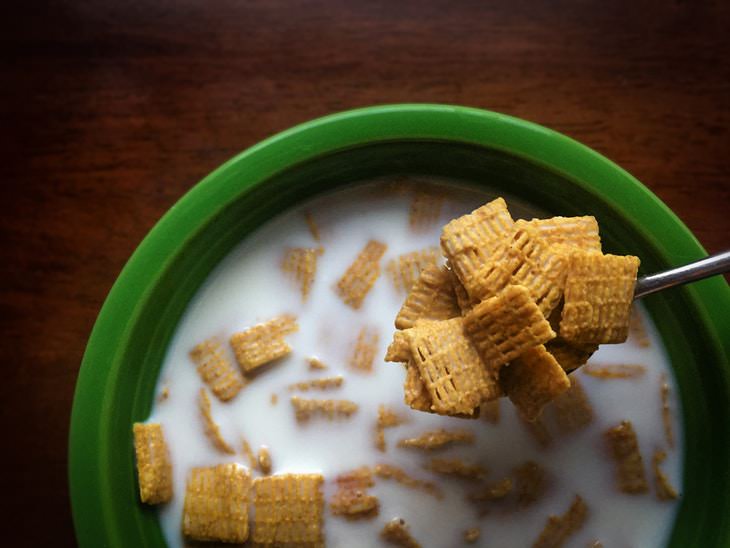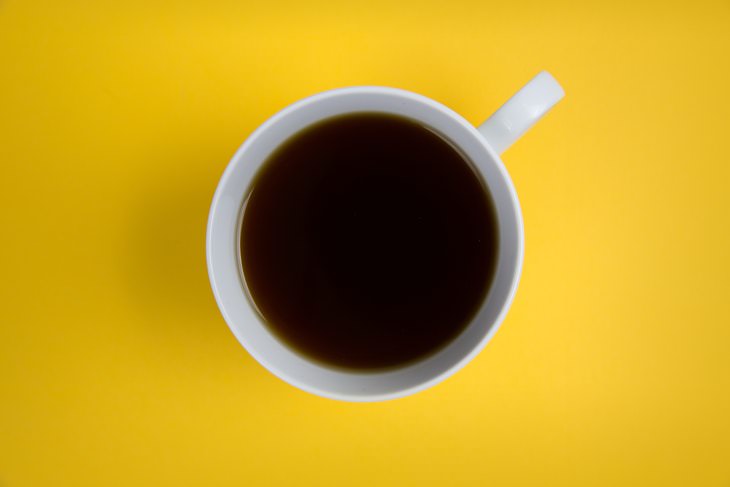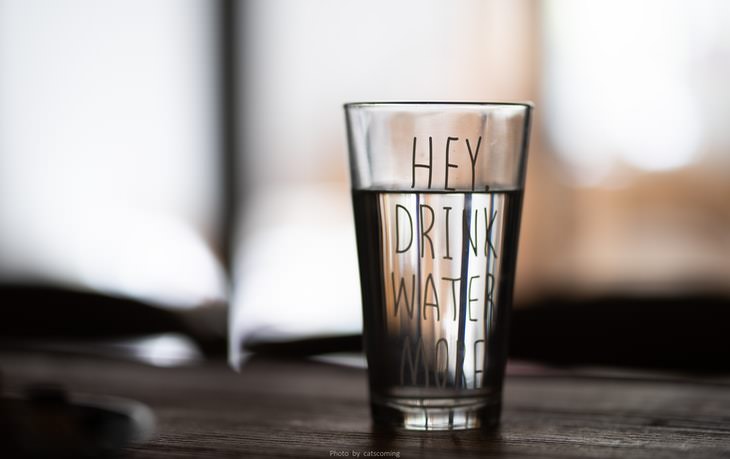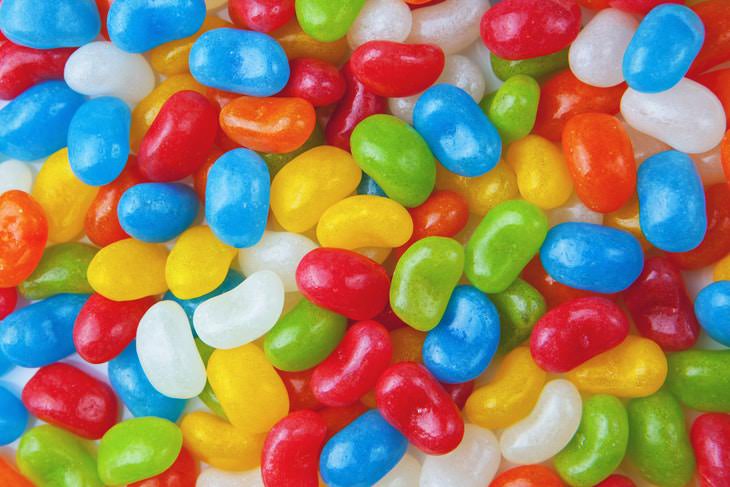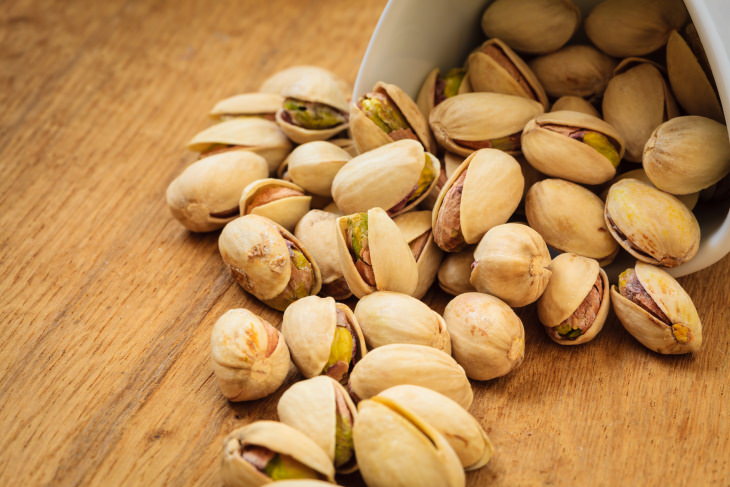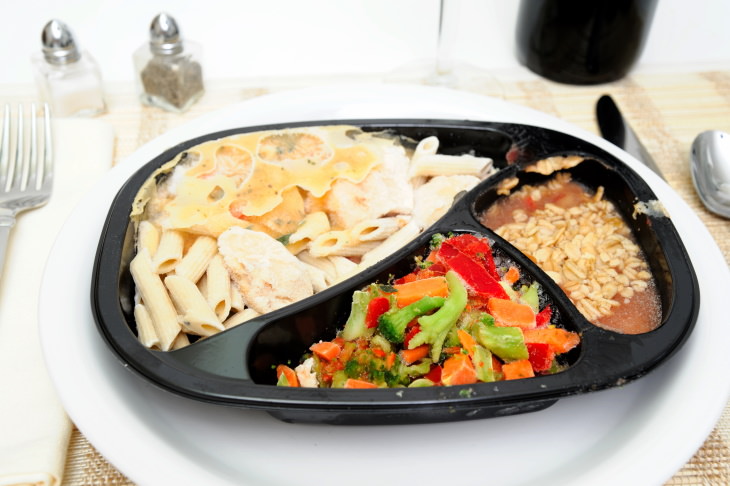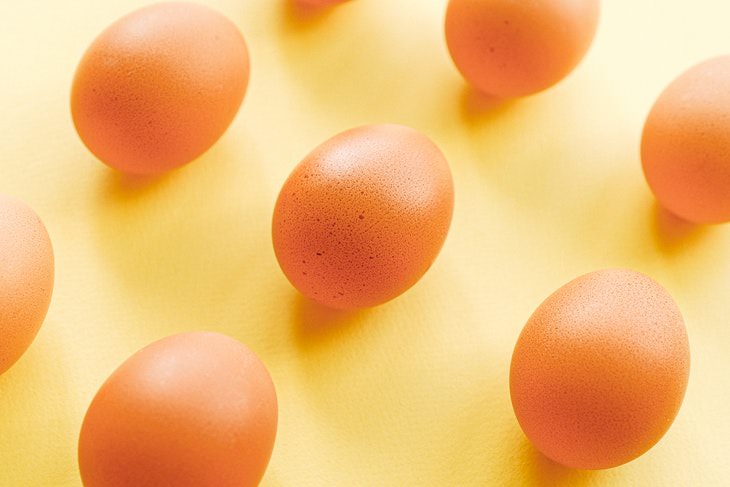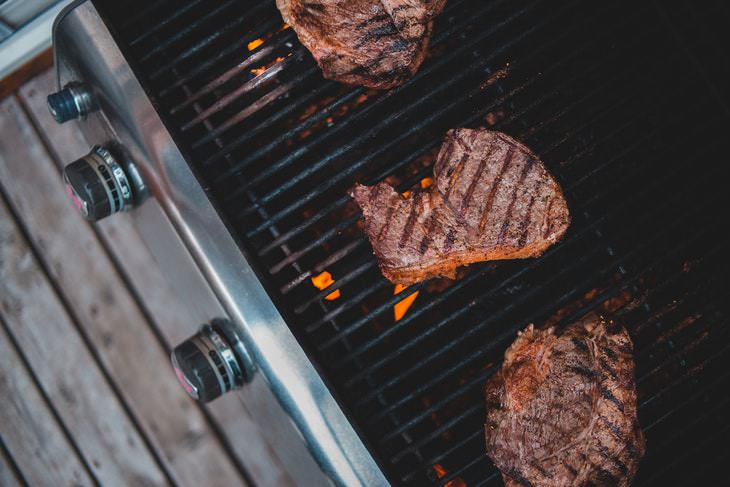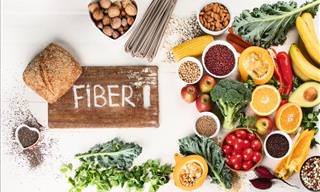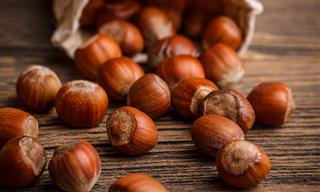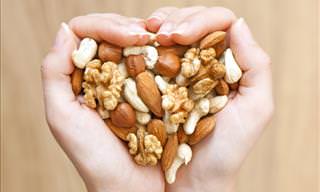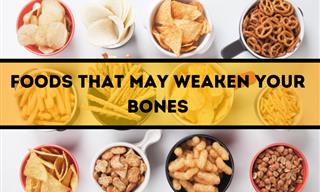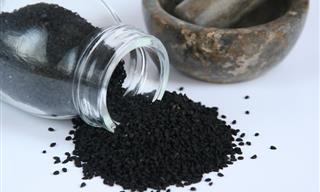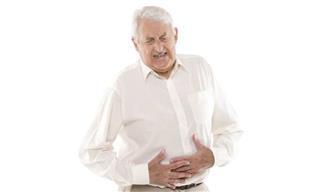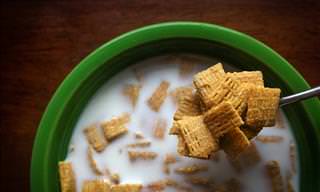WHAT NOT TO EAT FOR BREAKFAST: Cereals and Yogurts
What you have for breakfast defines your day, so it’s super important to pick the right foods. Is cereal your breakfast of choice? If so, you must make sure that the cereal you eat every morning is free of added sugar and contains at least 5 grams of fiber in each serving.
Spoiler alert, most cereal varieties don’t meet these criteria and contain very little fiber but they do contain tons of added sugars. This combination of a lot of sugar and little fiber cause blood sugar and insulin spikes that come with a temporary rise in energy that’s followed by a crash. Studies also suggest that eating sugary foods increases your sugar cravings, turning your daily diet into a terribly unhealthy and energy-draining vicious cycle.
Examples of other breakfast foods with high levels of added sugar are juices, granola bars, white bread, and flavored yogurts. It’s best to avoid these foods if you wish to increase your energy levels in the morning.
WHAT TO EAT FOR BREAKFAST: Oatmeal
Having difficulty finding a cereal that’s high in fiber and free of added sugar? Here’s a hint - you may already have one sitting in your pantry if you’re a fan of oatmeal cookies. Oatmeal is an excellent choice for both a savory and sweet breakfast, as you can top it with fruit as well as grilled chicken strips or sauteed mushrooms.
The reason why oatmeal is beneficial is that it’s a complex carbohydrate. Unlike cereals, oatmeal is full of nutrients and fiber. Due to the high fiber content, oatmeal takes longer to digest, so it will fuel you with energy evenly for hours. Note that it’s important to opt for regular oatmeal rather than quick oats since the latter is more processed, and hence more likely to cause sugar spikes.
WHAT NOT TO DRINK: Coffee and Energy Drinks
This may sound counterintuitive, but let us explain. While coffee is a good way to feel more alert in the morning, it can be quite damaging if you drink it in the afternoon. If you top them up with some energy drink, this may prevent you from getting a good night’s sleep and may even mess with your sleep cycles if it’s a habit you have.
Jonathan Valdez, a spokesperson for the New York State Academy of Nutrition and Dietetics, also pointed out the following, “In addition, when large amounts [of caffeine] are consumed at once, it can lead to a caffeine crash five hours after consumption, especially when the recommended seven to nine hours of sleep is not achieved.”
Generally, nutrition experts recommended avoiding caffeine 8 hours before you go to bed. As for the energy drinks, your safest bet is to ditch those, as they contain tons of sugar and artificial sweeteners.
WHAT TO DRINK: Water
Regardless of your dietary choices, water should be a constant feature in your diet. When we don’t drink enough, we feel fatigued and depleted because our body cannot oxygen to our cells fast enough without water. We may not realize that we’re thirsty or even mistake thirst for hunger, so make sure to take a sip of water whenever you remember to.
In general, doctors currently advise women to drink 8 glasses of water per day, and men should drink 10 glasses. A good gauge of your hydration levels is the color of urine - you should drink enough for it to become pale yellow. If it’s darker, you’re not drinking enough.
WHAT NOT TO SNACK ON: Candy
When you need a quick energy boost between meals, don’t reach for candy. In fact, don’t even have candy in your home if you know you’ll be craving it. As we’ve already explained, sugary foods give you a rapid spike in blood sugar but then make it crash and leave you craving for more sugar.
What makes matters even worse is that, unlike natural foods, candy doesn’t have any fiber or any real nutrients to benefit your body, so it’s definitely not something you should be reaching for on a daily basis.
WHAT TO SNACK ON: Pistachios
Nuts are probably the first food that comes to mind when you think of a healthy snack, and you wouldn’t be wrong. Nuts aren’t just easy to throw into your bag or store on the coffee table; they’re also super healthy. Our favorite choice is pistachios since they contain healthy fats, protein, and fiber, so they’re sure to provide you with tons of steady-release energy.
In fact, pistachios are a complete source of plant protein, which means that they contain all the essential amino acids for the body. One quarter-cup serving of these nuts contains 6 grams of protein.
WHAT NOT TO EAT FOR LUNCH: Low-Calorie Frozen Meals
If energy is your goal, you should skip the supermarket freezer with low-calorie meals, and there are actually a few reasons why. First of all, relying on low-calorie meals, some of which contain 300 calories or fewer, will not be able to sustain you, and you’ll be left malnourished and fatigued.
What’s more, having a low-calorie frozen meal for lunch may leave you too hungry at dinner, which could urge you to overeat and feel sluggish afterward. Finally, these frozen meals are often packed with salt, which leads to bloating, water retention, and fatigue. If you have a busy life and rely on frozen meals often, make sure that each serving is at least 450 calories and contains 20% or less of your daily sodium intake.
WHAT TO EAT FOR LUNCH: Eggs
For those of you who do have a stove to cook on at lunchtime, why not opt for eggs instead of the freezer meals altogether? Like pistachios, eggs are a complete source of protein, so they will fuel your body and provide it with energy for hours.
Eggs actually slow down the absorption of sugar and carbs into the bloodstream, so they will prevent sugar spikes too. Not only are eggs cheap and accessible, but they’re also extremely versatile and easy to make. If you need some inspiration, here are a few delicious egg-based recipes:
WHAT NOT TO EAT FOR DINNER: Steak
Have you ever felt sluggish or tired after eating a whole steak at the restaurant? Many of us have, and there’s a rational explanation why that happens. There’s an average of 40 grams of protein and a lot of fat in an 8 oz steak, but the body can only use up around 25 grams of that protein right away.
So, after you eat the steak, your body will need to work extra hard to transform the remaining protein into fat deposits, which is an energy-consuming and strenuous process that may leave you feeling sluggish or overly full. If energy is your priority, a good solution is either sharing the steak with another person or eating something else altogether.
WHAT TO EAT FOR DINNER: Beans
Looking for an alternative to meat or chicken for dinner? Why not try including beans: they’re cheap, accessible, and easy to incorporate in any veggie-based meal. Like all legumes, beans contain tons of plant protein, fiber, and some carbs. In addition, beans contain a lot of iron, which can boost your energy by increasing hemoglobin levels in the blood and making the blood more effective at carrying oxygen.
Lastly, beans are also rich in magnesium, which is essential for your cells to make energy. To read more about the health benefits of specific bean and legume varieties, read our article The 10 Healthiest Beans and Other Legumes.
Share these nutrition tips with others!
 Go to BabaMail
Go to BabaMail


